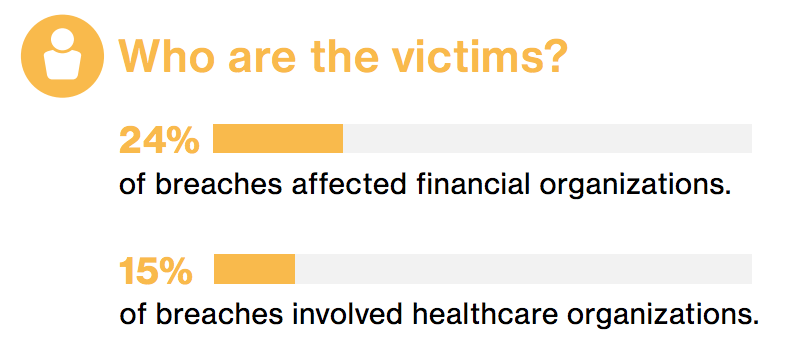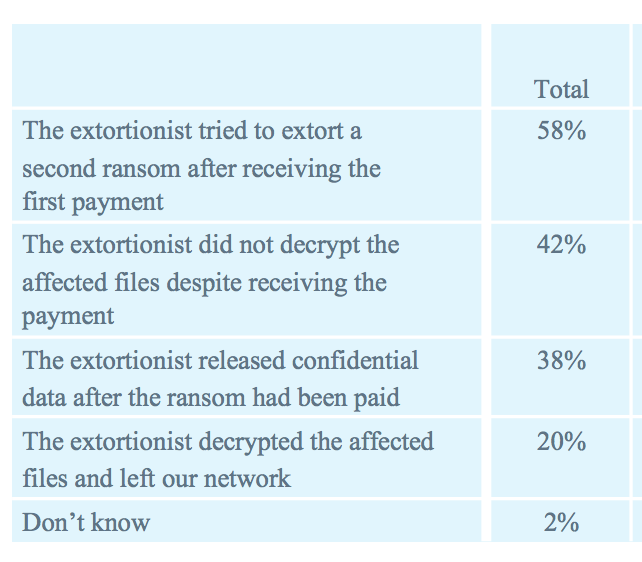When it comes to organizational resilience, preparedness is everything. At MicroSolved, Inc., we specialize in helping organizations refine their incident response capabilities through tailored tabletop exercises. These sessions are designed not just to test your response to potential threats but to actively improve your readiness, team cohesion, and ability to adapt to evolving risks. In this blog, we’ll walk through what you can expect during one of our tabletop engagements and why they’re a critical component of any security strategy.

Purpose of a Tabletop Exercise
Tabletop exercises are immersive, scenario-driven simulations designed to prepare organizations for real-world incidents such as cyberattacks, data breaches, or disasters. Conducted in a safe, non-disruptive environment, these sessions serve multiple purposes:
- Gap Identification: Uncover weaknesses in policies, procedures, and team readiness that could hinder your response during an actual incident.
- Real-World Preparation: Test your team’s ability to make decisions under pressure in a controlled, simulated crisis.
- Collaboration and Alignment: Strengthen coordination between departments, clarify roles and responsibilities, and align processes with industry best practices.
By the end of the exercise, participants gain greater confidence in their ability to navigate crises while leadership obtains actionable insights to strengthen their organizational defenses.
Pre-Engagement Preparation
A successful tabletop exercise begins long before the scenario unfolds. At MicroSolved, we follow a detailed pre-engagement process to ensure the exercise is meaningful and effective:
- Scoping: Every organization faces unique risks. That’s why we work closely with our clients to define the scope of the exercise and identify realistic scenarios tailored to their industry, threat landscape, and goals.
- Document Review: Our experts analyze existing policies, procedures, and technical systems to ensure the exercise reflects your organization’s current capabilities and areas for growth.
- Scenario Design: We take a collaborative approach to crafting scenarios. With client input, we develop challenges that are practical, relevant, and aligned with real-world threats. Our goal is to create an experience that is engaging and impactful for participants while addressing critical areas of concern.
This meticulous preparation ensures that your tabletop exercise delivers maximum value.
During the Exercise
When it’s time to step into the exercise, our team facilitates an interactive, thought-provoking simulation designed to engage and challenge your organization. Here’s what you can expect during the session:
- Moderated Simulation: One of our experienced facilitators will guide participants through the scenario, posing dynamic challenges and ensuring the exercise stays focused and productive.
- Role Assignments: Key personnel take on roles relevant to the exercise, such as members of the incident response, legal, communications, or executive teams. This approach reinforces accountability and helps participants better understand their responsibilities in a real crisis.
- Injects: To keep participants on their toes, we introduce “injects” — unexpected developments such as new threat intelligence or complications. These injects test your team’s ability to adapt and make decisions as the situation evolves.
Our facilitation style encourages active participation, collaboration, and critical thinking, making the exercise both realistic and engaging.
Post-Exercise Debrief
The learning doesn’t stop when the scenario ends. In fact, the post-exercise debrief is where much of the value is realized. After the simulation, we guide participants through a structured review process that includes:
- Immediate Feedback: Moderators and observers provide initial insights into the team’s performance, highlighting strengths and areas for improvement.
- Gap Analysis: We identify specific gaps in your processes, tools, or training that may hinder your incident response capabilities.
- Deliverables: MicroSolved provides a comprehensive report summarizing observations, findings, and actionable recommendations. This deliverable serves as a roadmap for improving your organization’s readiness and resilience.
Benefits to Your Organization
Tabletop exercises are more than just training sessions — they are investments in your organization’s security posture and resilience. By working with MicroSolved, your organization can expect the following benefits:
- Improved Incident Response: Develop confidence and competence in responding to a variety of incidents, from cyberattacks to natural disasters.
- Clarity of Roles and Responsibilities: Ensure that every team member understands their role during a crisis, reducing confusion and delays.
- Alignment with Best Practices: Strengthen alignment with industry standards, regulatory requirements, and proven best practices.
- Enhanced Resilience: Build your organization’s capacity to adapt, respond, and recover from incidents with minimal disruption.
Why Choose MicroSolved?
At MicroSolved, we bring decades of experience and a deep understanding of the evolving threat landscape to every engagement. Our proprietary tools and methodologies ensure that each tabletop exercise is tailored to your organization’s unique needs, providing insights and recommendations that are both actionable and practical. We pride ourselves on our collaborative approach, ensuring that your team feels supported and empowered throughout the process.
Ready to Get Started?
A well-executed tabletop exercise can make the difference between a chaotic crisis response and a confident, coordinated recovery. If you’re ready to strengthen your organization’s readiness and resilience, contact MicroSolved today to schedule a tabletop engagement.
Learn More About MicroSolved’s Approach
Let’s build resilience, one scenario at a time.
* AI tools were used as a research assistant for this content.





